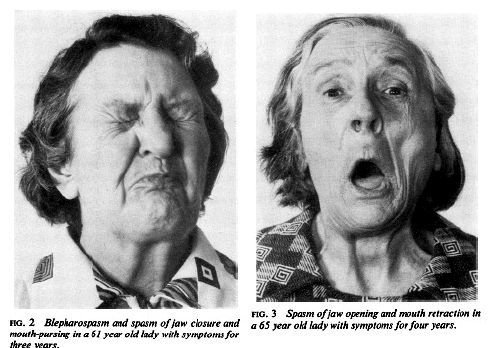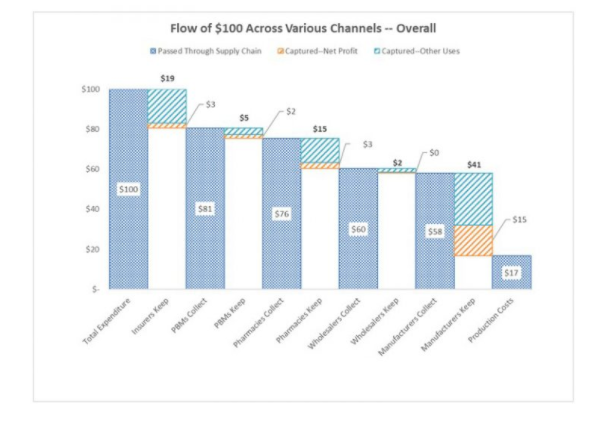In the fourteen years I’ve been surveying work comp payers on their views on pharmacy, I’ve never seen so little consensus among respondents on emerging issues.
In past years compounds, physician dispensing, opioids, price inflation, and new drug introductions have all been named by at least a plurality of respondents. Not so this year.
Here are some of the 24 respondents’ concerns:
| legalization of marijuana – lots of talk about it but concern is what do you do about it, how do you handle it, pay for it, authorize it, etc. so many unknowns and little understanding |
| state regulations and how to bring information on those changed regulations and how to operate under the new regs back to adjusters and case managers at the desk level and to PBMs |
| I’m concerned we’ll see branded topicals increasing over the next few years despite a lack of efficacy and inflated prices. teracyn, speedgel, etc aren’t useful |
| advent of all new formularies, no one has grappled with legacy claims in that environment, thinking is formularies will get docs to taper it off – docs who prescribe all this don’t know how to taper, so finding the right docs and facilities is a real issue for legacy claims |
| acquisition of comp pbms and consolidation of the work comp PBM industry |
| Physician Dispensed Drugs and non-controlled home delivery – not just cost but formulary and safety and quality of care |
| what interventions can they do to to affect drug pricing, especially some of the drugs that have minimal alternatives |
| more problematic than opioids is the combination of benzodiazepines and sleep aids |
| watching very closely Evzio, naloxone prescribing practices as part of CDC |
| still a soft market so anything you can do to reduce costs is important |
While payers are seeing good success in reducing opioid utilization and total drug spend, there are a host of troubling issues out there.
Here’s why this is a big issue.
Payers are all too used to getting screwed by unethical and very creative profiteers intent on sucking money away from employers and taxpayers by exploiting loopholes. Branded topicals, “independent” mail order pharmacies and novel drugs are all great examples of these tactics, often hidden under and supported by claims that these promote healing and health despite a total lack of supporting evidence.
In past years when doctor dispensing, the opioid crisis, or compounds were top-of-mind for most respondents, the industry joined together to come up with solutions. That obviously isn’t the case today, leaving patients exposed to crappy providers interested only in profits coming up with myriad ways to game the system.
What does this mean for you?
It’s not the one big problem that’ll get you, it’s the many small ones you may not even notice.



